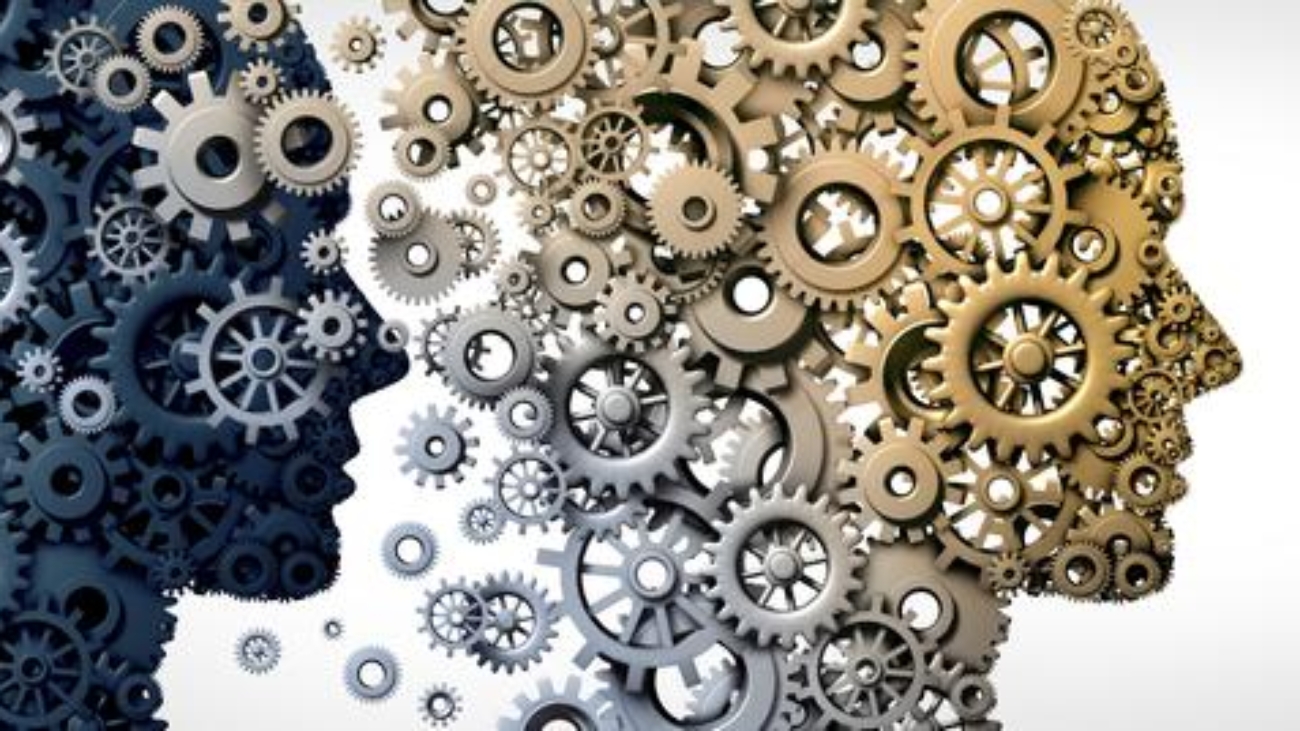As a young professional just starting your career, the decisions you make now can have a significant impact on your financial future. An effective financial plan is built on setting specific, attainable financial goals. By outlining your objectives and creating a roadmap, you can work towards financial security, build wealth, and create the life you desire. In this guide, we will explore effective strategies for financial planning that can empower young professionals to make informed decisions, manage their finances wisely, and set themselves on a path of long-term financial success.
Assess Financial Planning With Current Financial Situation
Analyzing your present financial condition is the first stage in financial planning. Calculate your income, including salary, bonuses, and any other sources of income. Next, create a detailed budget to track your expenses, understanding where your money is going each month. Analyze your debts, including student loans and credit card balances. Evaluating your financial health will provide a clear picture of your net worth and help you identify areas for improvement.
Define Short-Term and Long-Term Goals: Financial Planning
Financial goals can be categorized into short-term and long-term objectives. Short-term goals may include building an emergency fund, paying off high-interest debts, or saving for a vacation. Long-term goals may encompass buying a home, funding your retirement, or starting a family. By defining these goals, you can prioritize your efforts and create a focused financial plan.
Prioritize Financial Planning and Quantify Your Goals
Once you have identified your financial goals, prioritize them based on their importance and urgency. Assign specific amounts to each goal and set realistic timelines for achieving them. For example, you may want to save a specific amount for a down payment on a home within two years or pay off your high-interest credit card debt within the next six months. Quantifying your goals makes them tangible and achievable.
Create a Realistic Savings and Investment Plan
With your goals defined and quantified, it’s time to create a savings and investment plan. Determine how much money you need to save each month to reach your short-term and long-term goals. Consider various savings and investment options, such as high-yield savings accounts, individual retirement accounts (IRAs), and brokerage accounts. A diversified investment portfolio can help you achieve better returns while managing risk.
Build an Emergency Fund
Unexpected events can disrupt your financial plans. Building an emergency fund is critical to provide a safety net during challenging times. In a separate account, try to save up to three to six months’ worth of living expenses. This fund will protect you from relying on high-interest credit cards or derailing your long-term financial goals during emergencies.
Manage and Reduce Debt
High-interest debts can weigh down your financial progress. Focus on managing and reducing your debt burden. Pay more than the minimum required payments on high-interest debts, and consider consolidating loans for better interest rates. As you pay off debts, reallocate the funds towards your savings and investment goals.
Protect Your Financial Future
Insurance is a crucial aspect of financial planning. Protect your financial future by ensuring you have adequate health insurance, life insurance, and disability insurance coverage. Insurance provides financial security in case of unexpected events, safeguarding your long-term financial goals and your loved ones.
Stay Educated and Seek Professional Advice
Financial education is a continuous process. Reading books, going to workshops, and paying attention to credible financial experts will help you stay knowledgeable about personal finance, investment, and tax preparation. Consider seeking advice from a certified financial planner (CFP) who can provide personalized guidance and help you navigate complex financial decisions.
Monitor and Adjust Your Plan
Financial planning is not a one-time exercise. Regularly review your progress towards your financial goals and be prepared to adjust your plan as needed. Life circumstances and financial markets change, and your financial plan should be flexible to accommodate these changes.
Conclusion
Financial planning is a powerful tool for young professionals to achieve financial security and turn their aspirations into reality. By setting clear goals, creating realistic savings and investment plans, and staying disciplined, young professionals can build a strong financial future and embrace a life of financial freedom. In concluding ‘Financial Planning for Young Professionals: Setting Financial Goals’ by FinBiz Tech., we’ve laid a strong foundation for a secure financial future. With well-defined goals, the path to financial success becomes clearer and more achievable.












